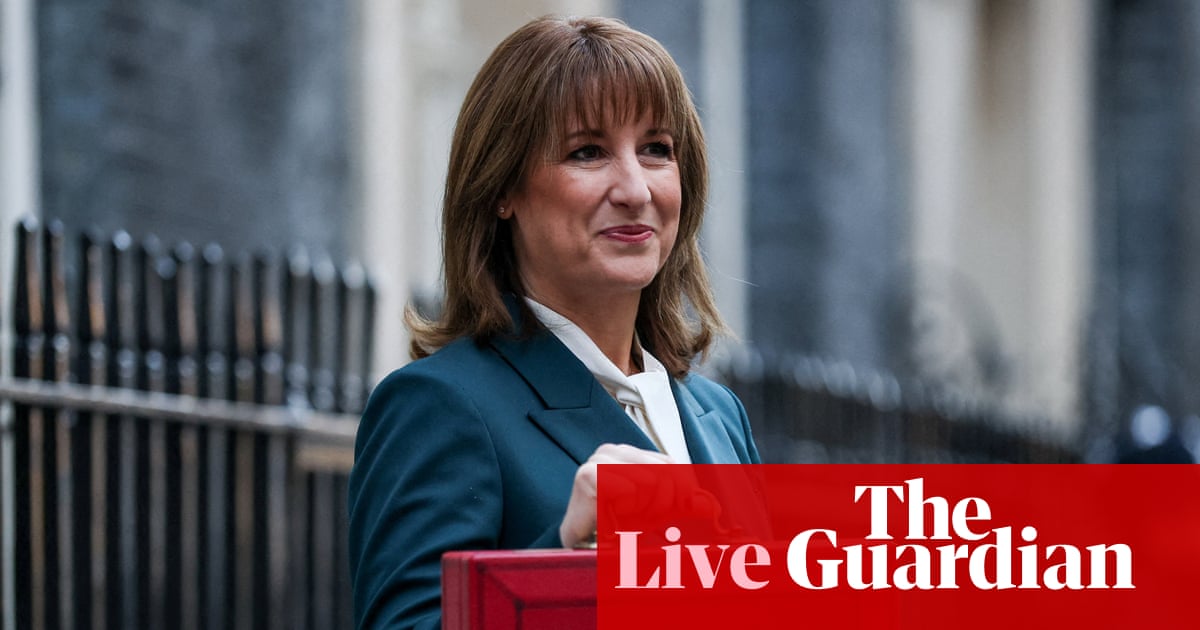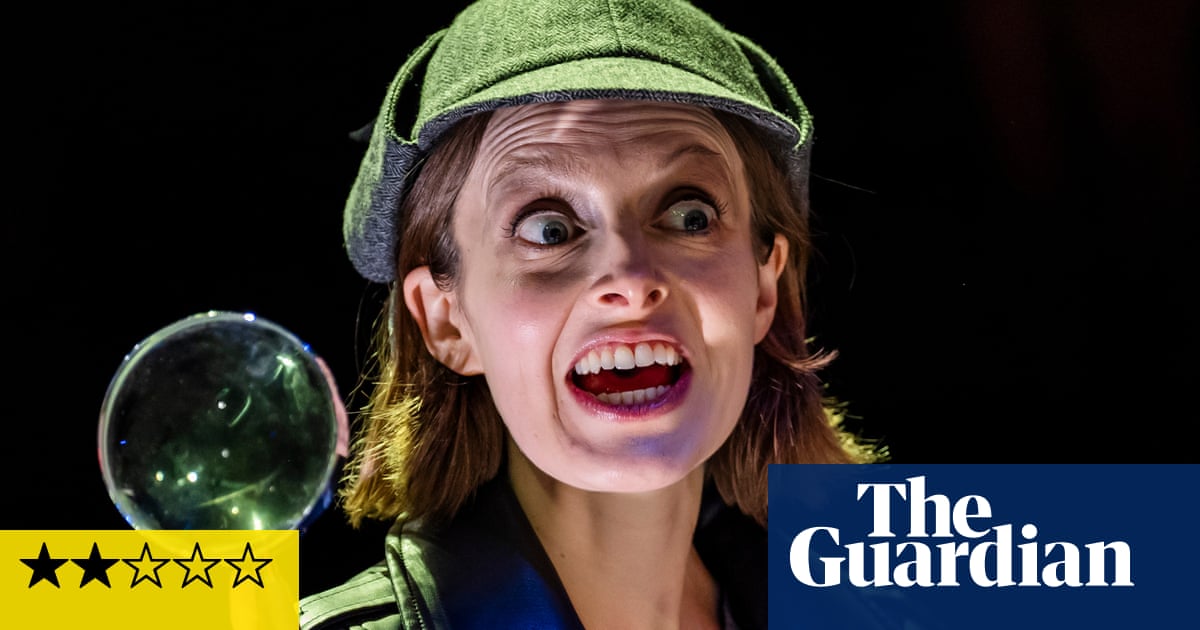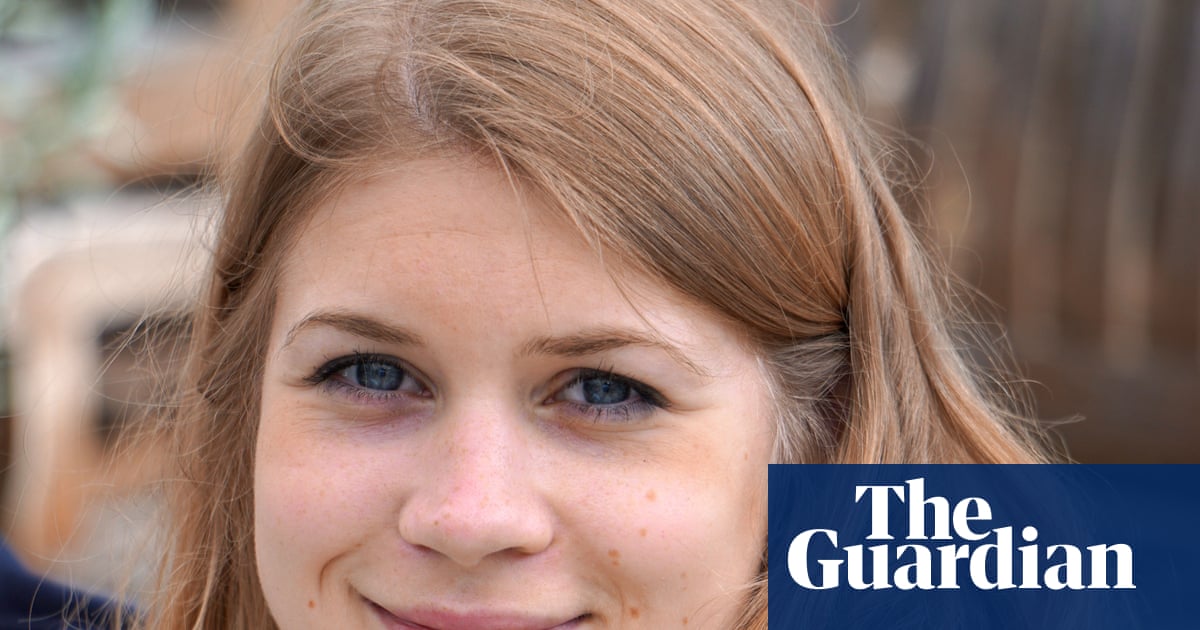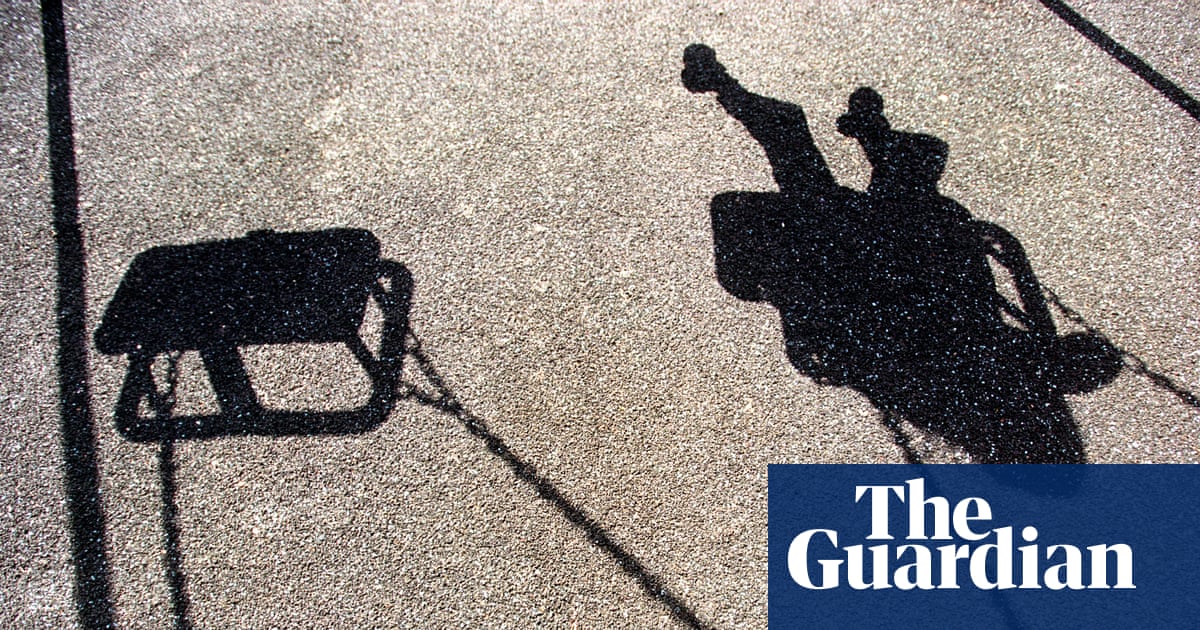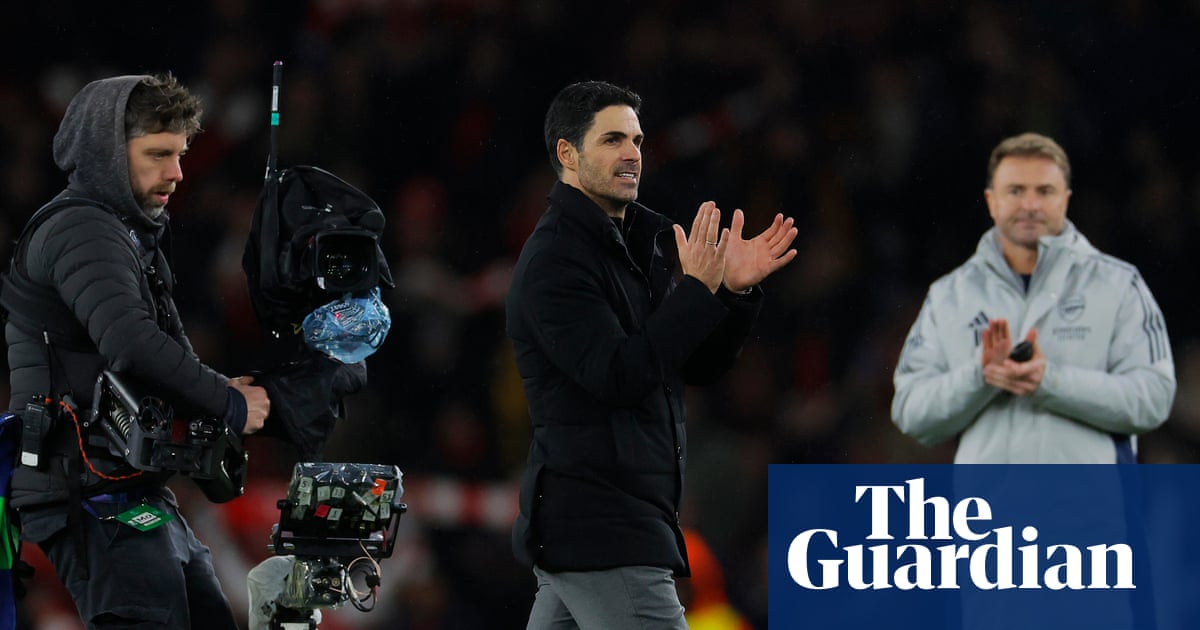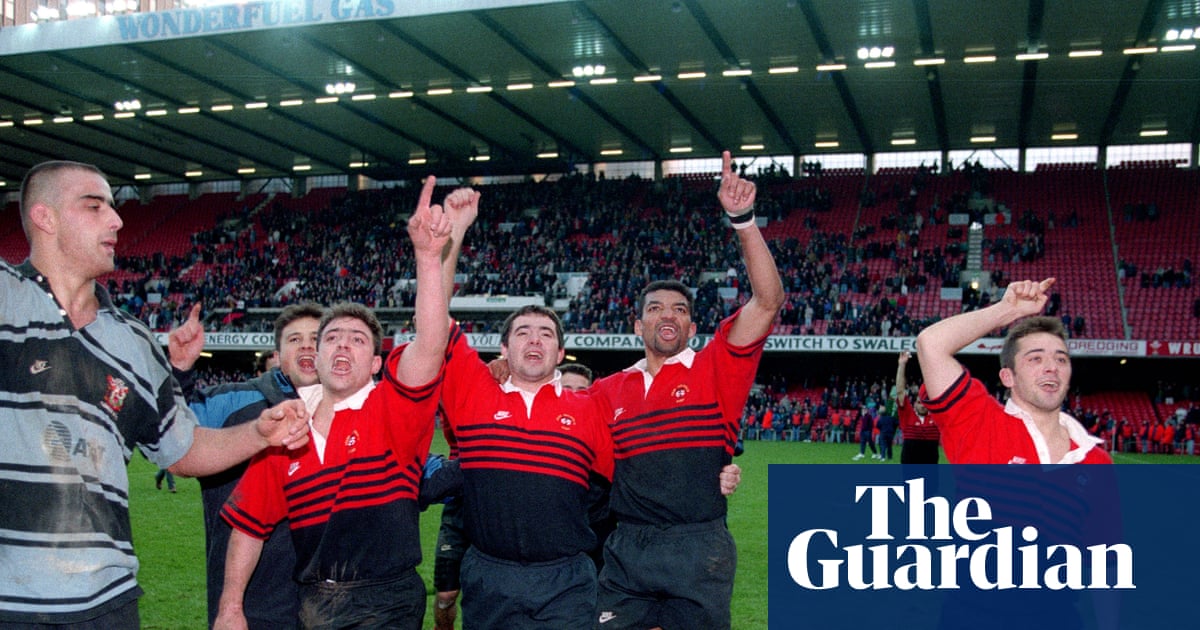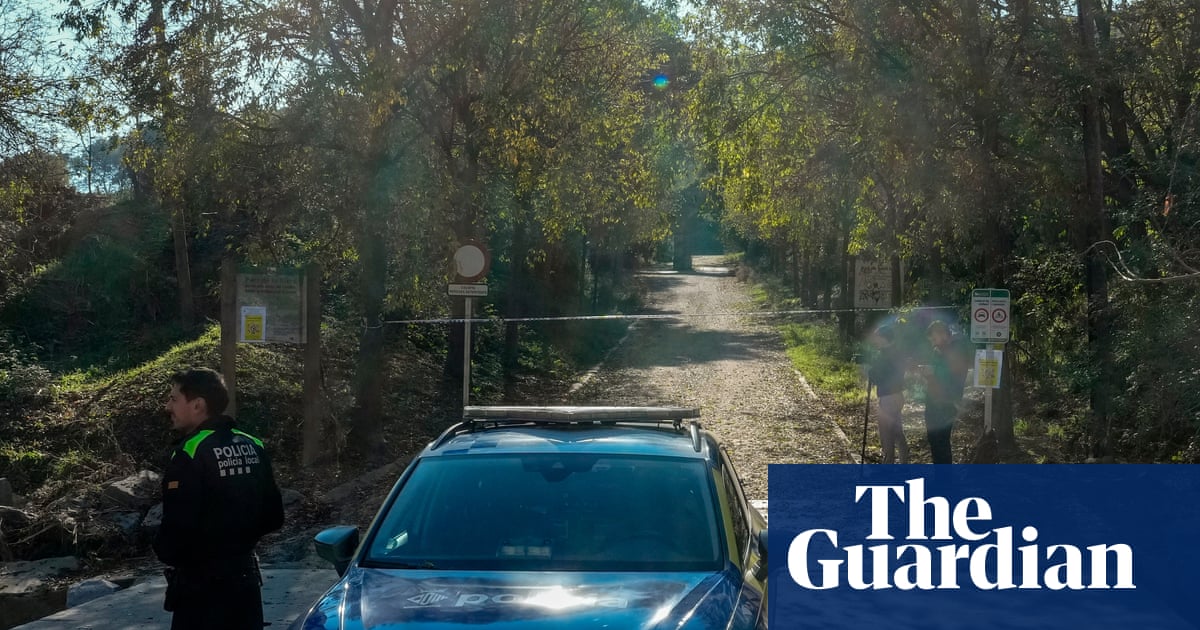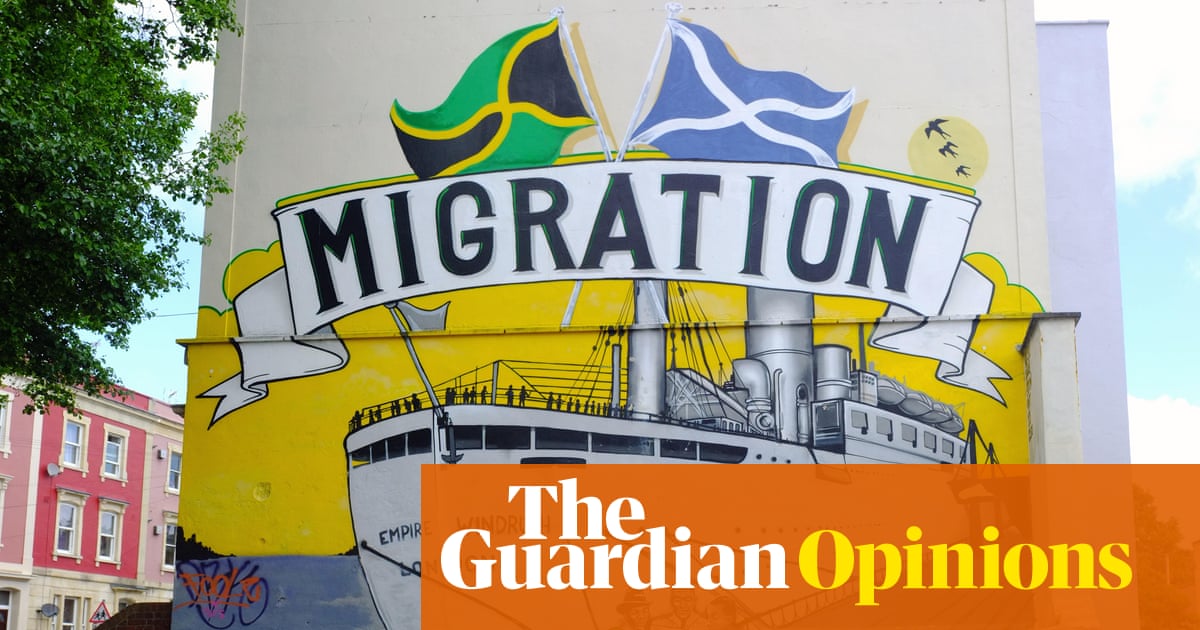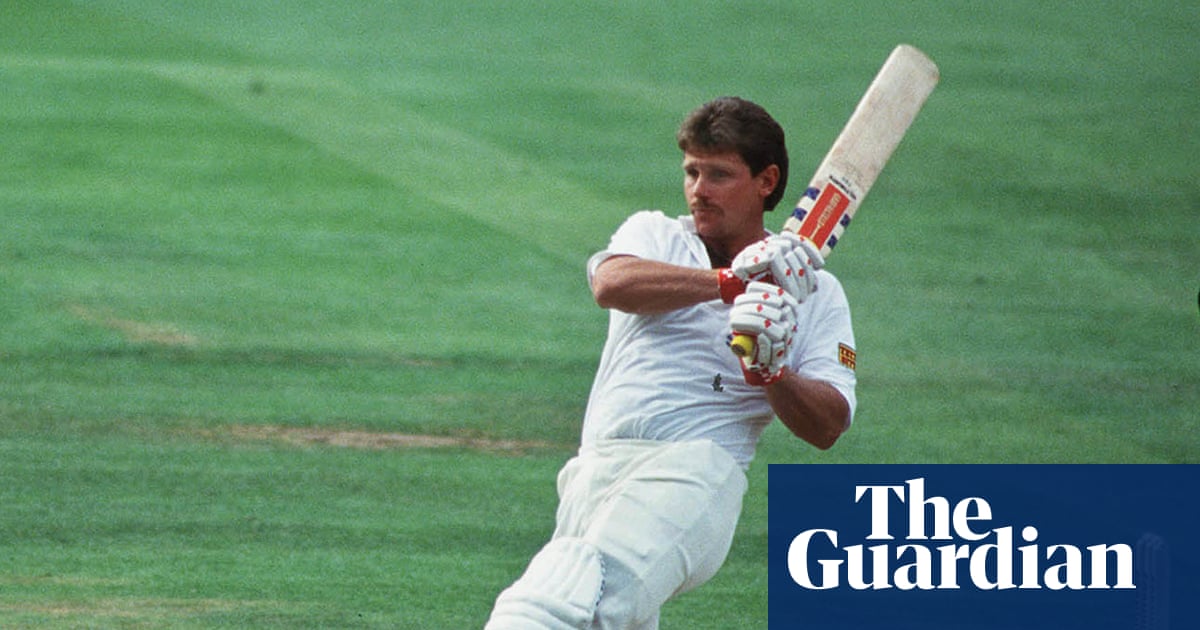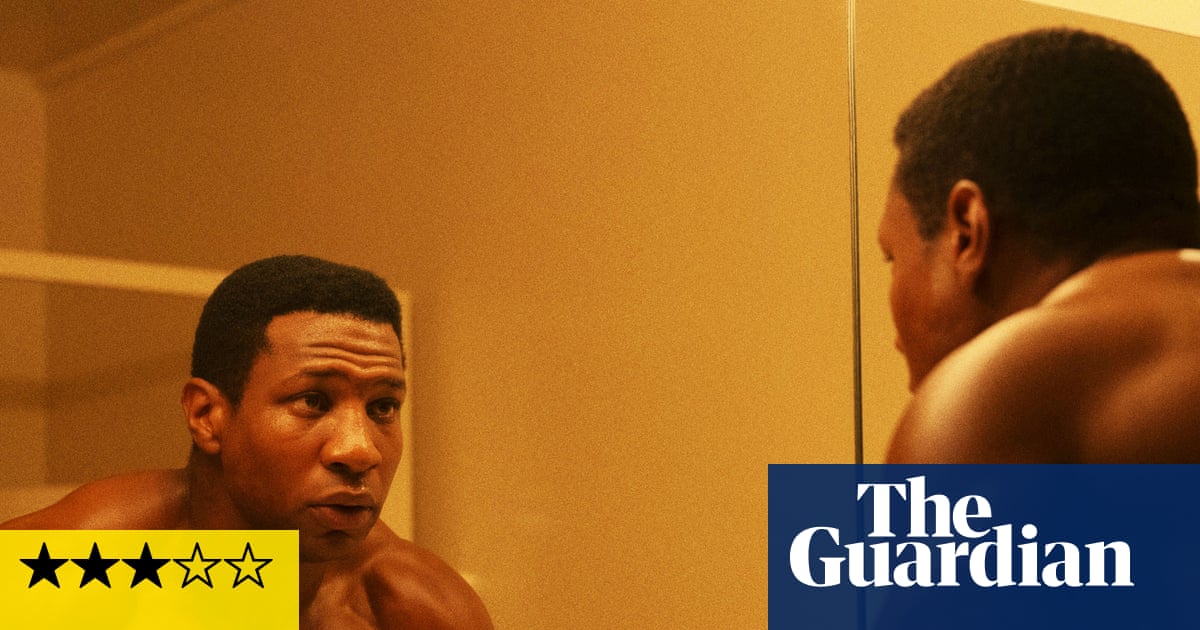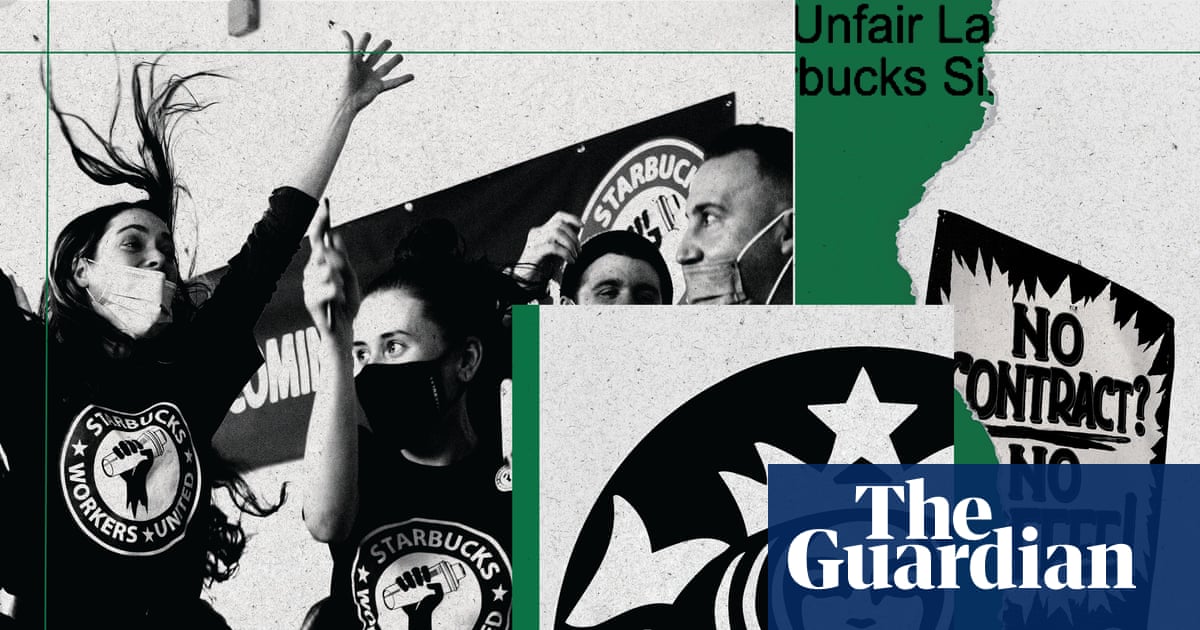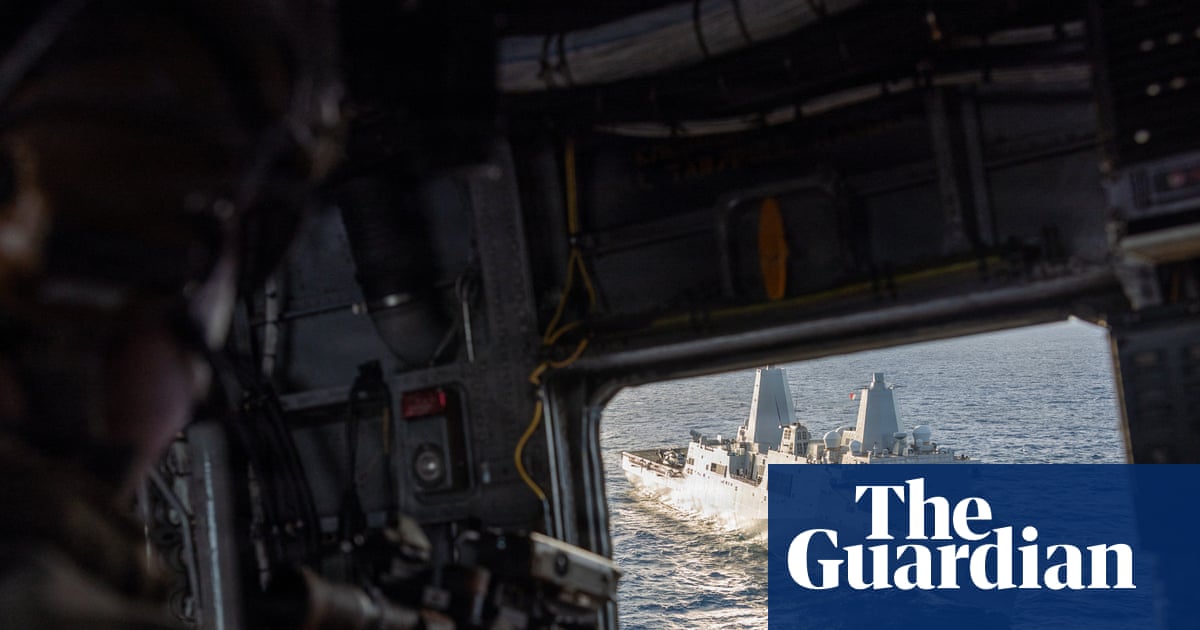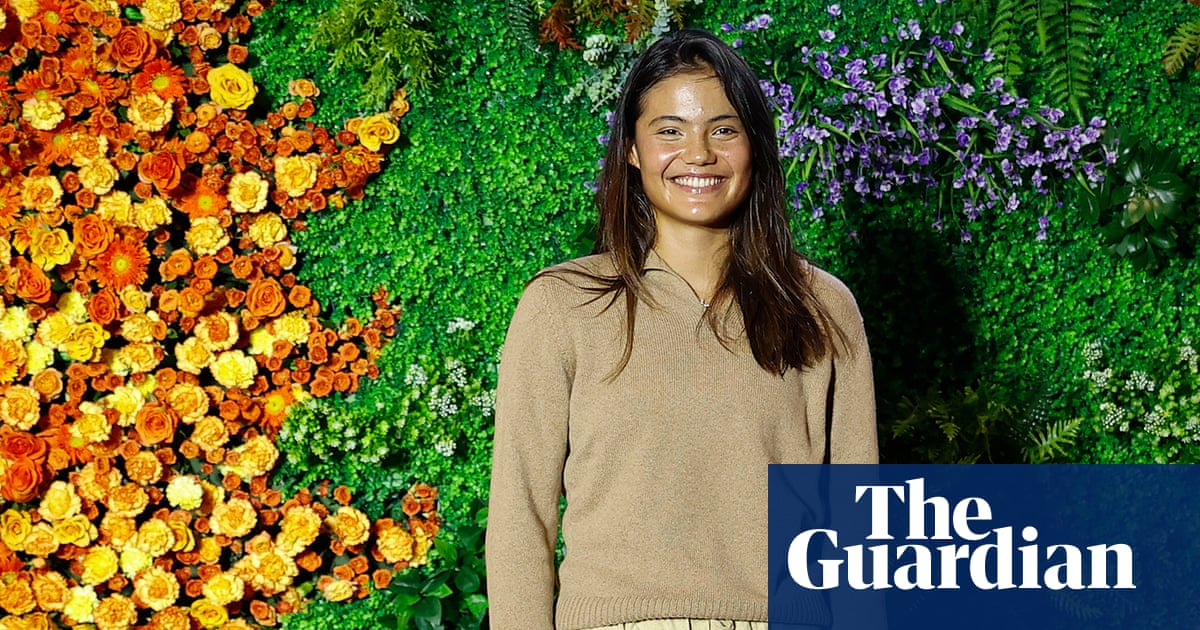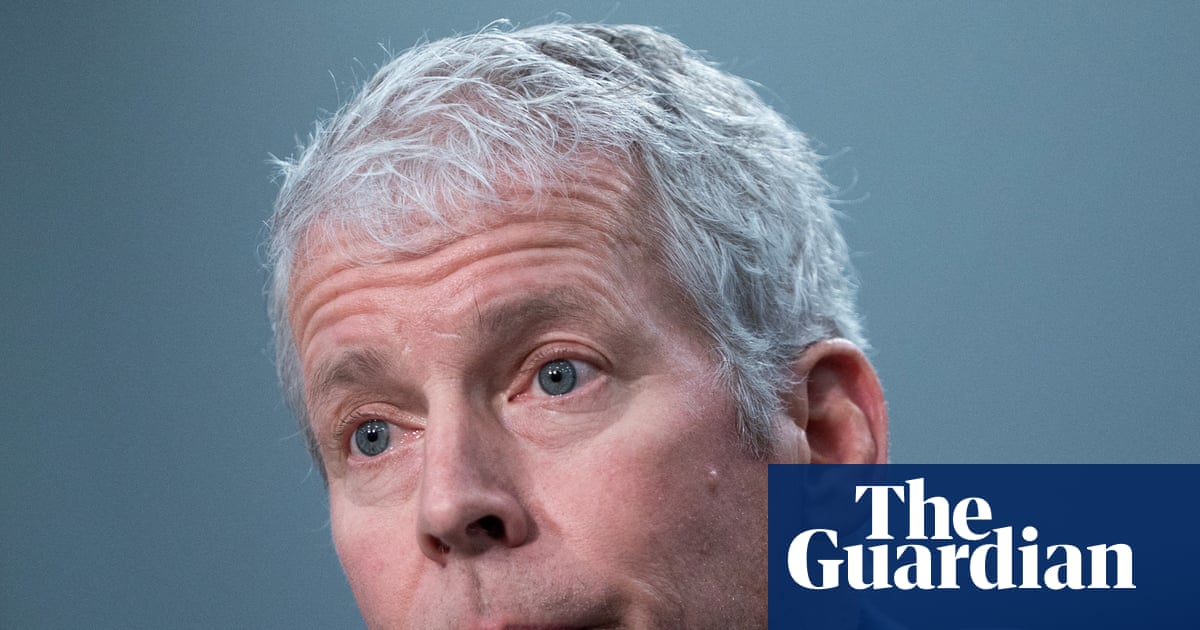On Sigur Rós’s most recent album Átta, their first in a decade, the group reversed course from the intriguing industrial experiment of its predecessor Kveikur and returned to safe ground – leaning back into the grand orchestral crescendos that defined their best-loved work, as glacial in pace as they are in beauty. It makes sense, then, that the USP of their current tour is a collaboration with a different set of classical musicians in every city.
Though mid-career-band-joined-by-orchestra sets so often enlist classical musicians to fill the holes left by fading creativity, leaving awkward blends between the two parties, that’s not the case tonight. The Icelanders meld seamlessly with the London Contemporary Orchestra, musically and visually, with both camps all in monochrome, mingled together under a sea of star-like lights. Opening with Blóðberg, one of several cuts from Átta, Jónsi’s voice – still utterly pristine after all these decades – floats up beautifully from the orchestra’s heaving waves of strings and brass, the lights brightening and dimming in time with the music’s volume.
after newsletter promotion
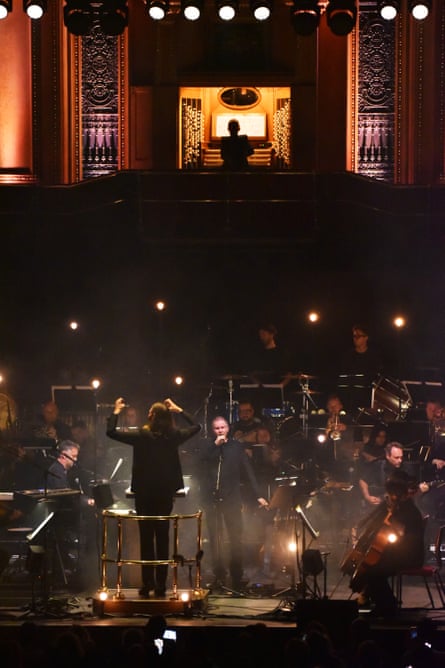
This is the template for the next two hours. The tempo is slow, the music refined and elegant. Only the cheers of recognition for early favourite Starálfur briefly break through the dreaminess. It is all undeniably, objectively beautiful, particularly in such grand confines, and even more so when guest treble Malakai Bayoh provides a stunning vocal solo that cuts through the slow drift of first half closer Varðeldur like a knife through butter.
And yet, though it frequently threatens complete transcendence, the set never quite gets over that line. It’s too polished and serene for the many crescendos to push the levels from calculated amber into the thrill of the red. There’s the occasional bit of edginess – Jónsi’s bowed guitar plunging into moody feedback at the end of Von, the way Sé Lest begins with a dance of glockenspiel and ends in an oompah of brass – which injects some welcome energy. Inevitably, however, the band revert to the show’s beautiful, palatable norm.
That is, until its final stages. At the end of 2008 slow-burner Ára Bátur, a boys’ choir – the Schola Cantorum of the Cardinal Vaughan school – are illuminated to the side of the stage, while above them Anna Lapwood helms the Albert Hall’s colossal, 9,999 pipe grand organ. This time, the crescendo is so huge as to be totally irresistible. Lapwood and the choir remain for Sigur Rós’s biggest hit, Hoppípola, the energy finally spilling over into something genuinely sublime.

 2 months ago
75
2 months ago
75
